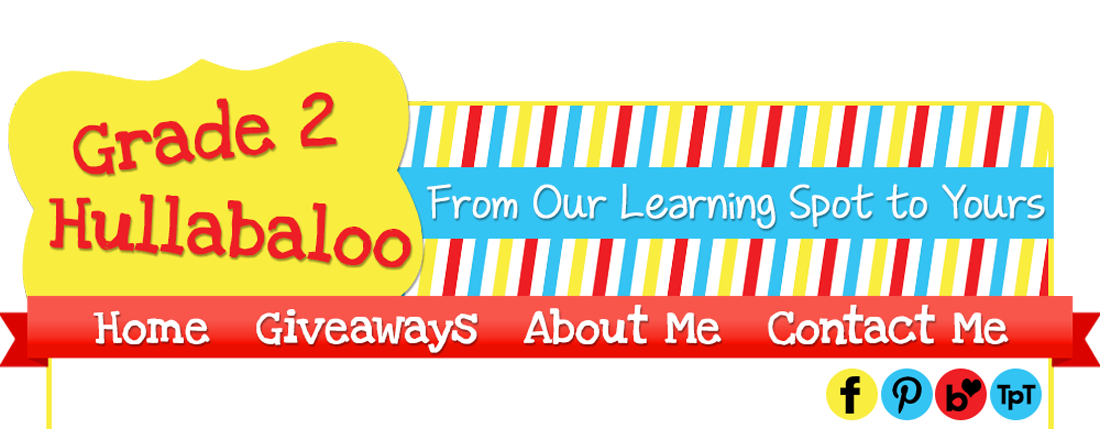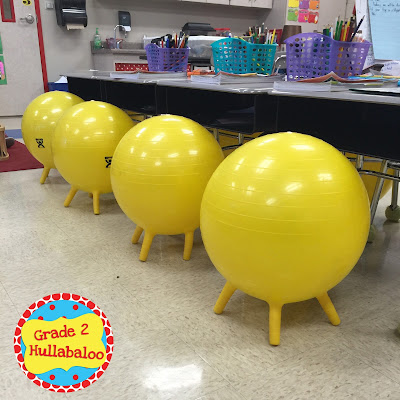The end of our school year is filled with pages of
documents in which teachers provide feedback on student performance -- report
cards, progress reports, and printouts of standardized tests. The feedback
teachers receive is from formal and informal observations by administrators.
Parents write sweet notes of thanks, and students write them, too. However, I
have learned that it is important to allow students to give ME feedback on my
teaching. Yes, a teacher report card!
When I passed out the report card forms to my students, I
had two expectations. First, I figured I’d get the “all A’s” version from those
sweet students who think I’m great and always give me precious notes and cards.
Second, I figured there would be one or two zings from kiddos who had had some
discipline bumps in the road. I was prepared for these. I also hoped that I’d
get some honest feedback about how I did this year. Here's an item analysis of the scores for each subject.
Wow, my kiddos took this so seriously! I loved the feedback
they gave me, even when some of it stung a bit. Reading was my highest scored
subject, with science being my lowest scored. I’ve compiled some of the
comments below.
What I find amusing about some of the comments related to
science is that I showed fewer videos this year than in past years. Of course, the children didn't know that. In
reflecting on their comments about having more experiments instead of videos, I
realized science was the subject in which I used videos the most for note taking.
And to be totally defensive, we DID do experiments! My takeaway from this is
that even more experiments is a good thing in science. I will take this to
heart in my science planningfor next year.
The other puzzling piece of feedback was about
multiplication. We worked on arrays in the fall, and then came back to them in
the spring. We worked on ‘rows and columns’ activities, made arrays with
manipulatives, and labeled them with multiplication facts. Hmmm… A couple
commented that we should do more with multiplication. I suppose the student who
said, “I love how you taught us to do multiplication without us knowing it!”
said it best. A few of them didn’t KNOW they were learning multiplication.
Yikes!
This feedback is valuable! It tells me the insecure children need more encouragement, and I need to touch base with them about things they aren't confident about. It also tells me I need to be even more deliberate in stating learning goals and objectives. I need to make sure the children understand what they're learning. While my
administrators gave thoughtful, constructive feedback on my teaching
techniques through formal observations, the children were candid. Do more of this. Do less of that. I
love it!
Happy summer!











